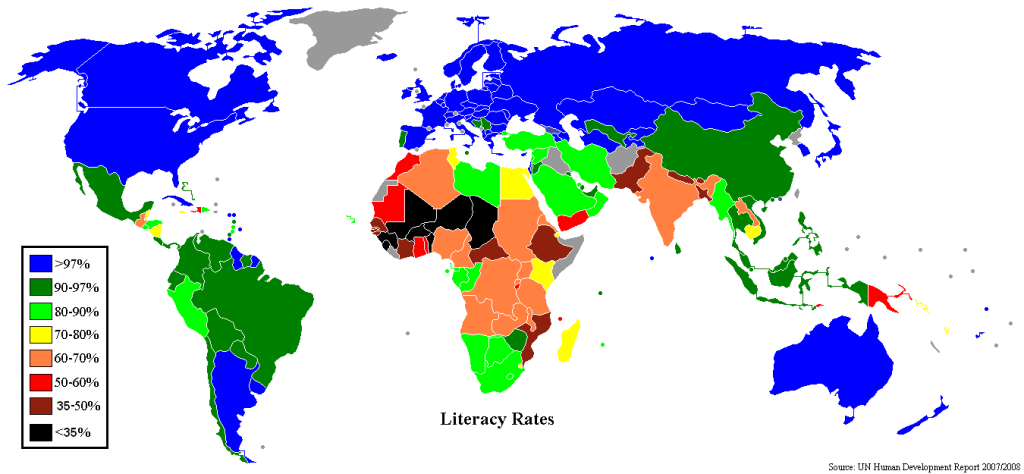(Note: BRIC refers to Brazil, Russia, India, and China. Created by a Goldman Sachs economist, the BRIC countries supposedly are rapidly growing developing countries.)
China is a place with massive regional inequality. A recent feature by The Economist magazine, titled Comparing Chinese Provinces With Countries, found a stark divide between the rich coast and the poor hinderland. Some of my previous obervations about that feature can be found here. In Shanghai and Beijing GDP per person is over $20,000 (as of 2010) – roughly equivalent to a high middle-income country.
In rural Guizhou GDP per person is almost seven times lower. Guizhou is the poorest province in China. It is the part of China the media does not visit and that China tries its best to hide. There are no skyscrapers in the rural parts of Guizhou, just decrepit stone houses dating back to the Maoist era (or earlier).
But there is something else very interesting about Guizhou: as of 2010 its GDP per person was almost exactly equal to GDP per person in India. That is, a person living in the poorest part of China is about as well off as the typical Indian.
More below.
This fact says something about the constant comparisons between China and India – China is generally far ahead.
Let’s take a look at Brazil. Brazil is a typical Third World country, in the view of many Westerners. Surprisingly, while Brazil is infamous for its massive inequality, its regional inequality is not as great as that of China’s. Nevertheless, there are still vast differences of regional wealth in Brazil. As of 2008 GDP per person in the rich Distrito Federal (of Brasilia) was $25,000; in Sao Paulo and Rio de Janeiro the high incomes of its wealthy elite raise the number to a respectable number as well.
In contrast, almost everybody is poor in the northern coastal parts of Brazil, populated by the descendants of plantation slaves. In the northern state of Alagoas GDP per person is a mere fraction of that in the capital. Alagoas is the third-poorest state in Brazil. It is characterized by a juxtaposition of beautiful beaches and violent gangs. Favelas of ill-built wooden structures dot Alagoas.
There is something very interesting about Alagoas as well: as of 2008, its GDP per person was almost exactly equal to GDP per person in China. A person living in the third-poorest province of Brazil is about as well off as the typical Chinese. So much for the Chinese dragon; the typical Brazilian is far better off than the typical Chinese. And let’s not even start comparing Brazil to India.
These comparisons put a stake through the heart of the BRIC acronym: the concept that Brazil, Russia, India, and China have much in common other than their high economic growth rates. And even the assertion that all four BRIC countries are growing at high economic rates is questionable; Russia certainly isn’t right now.
Indeed, the differences between the richest member of the BRICs (Russia) and the poorest member (India) are stunning. Just look at the map at the beginning of this post; almost everybody is literate in Russia, while literacy rates in India are comparable to those in Sudan and Nigeria.
Or think about hunger. Hundreds of millions of people in India are not getting enough food to eat; India has the highest number of malnourished people in the world. In Russia, on the other hand, everybody gets enough to eat. The last time large numbers of Russians didn’t get enough food was more than half a century ago, which had something to do with a man named Hitler. Check out the difference between google results for Russian malnutrition and Indian malnutrition.
All in all, the differences between living standards and relative global power of the BRIC countries are vast. One could say that the United States and Russia have more in common than Russia and India, with respect to living standards (or many other things, in fact). BRIC is a fallacy.
–inoljt, http://mypolitikal.com/

6 comments